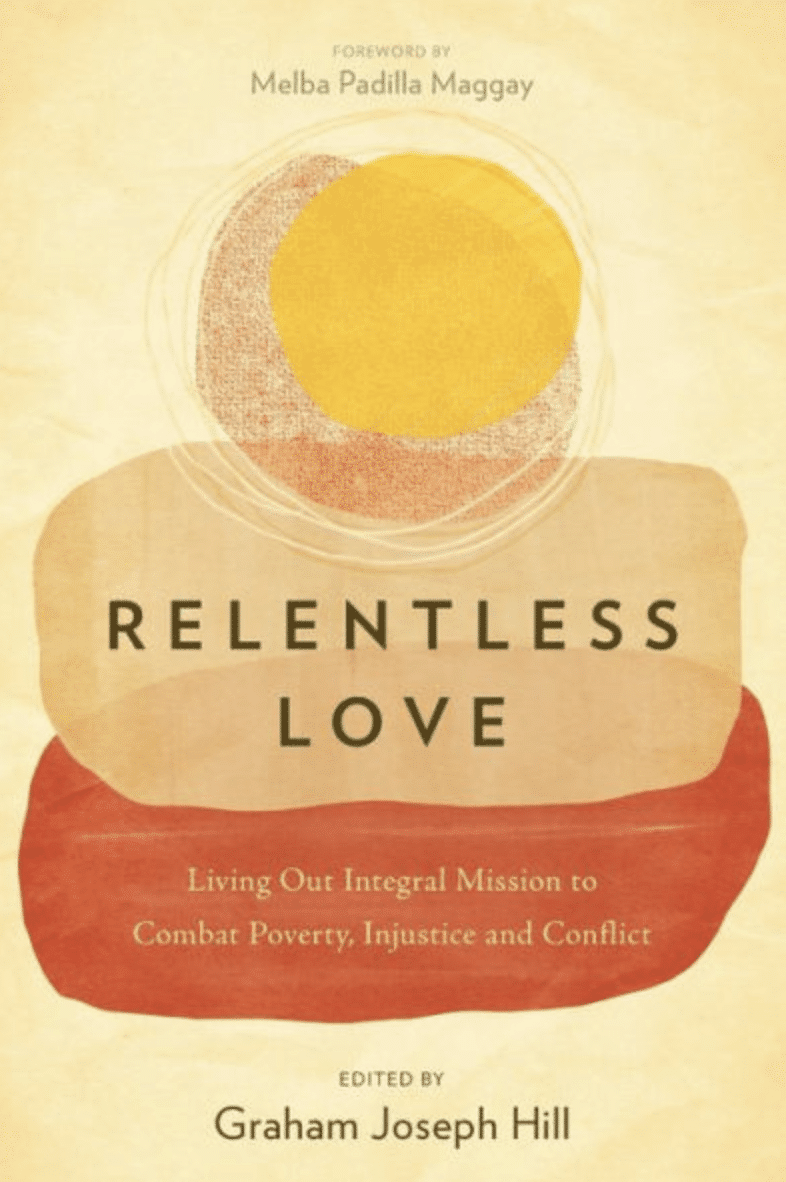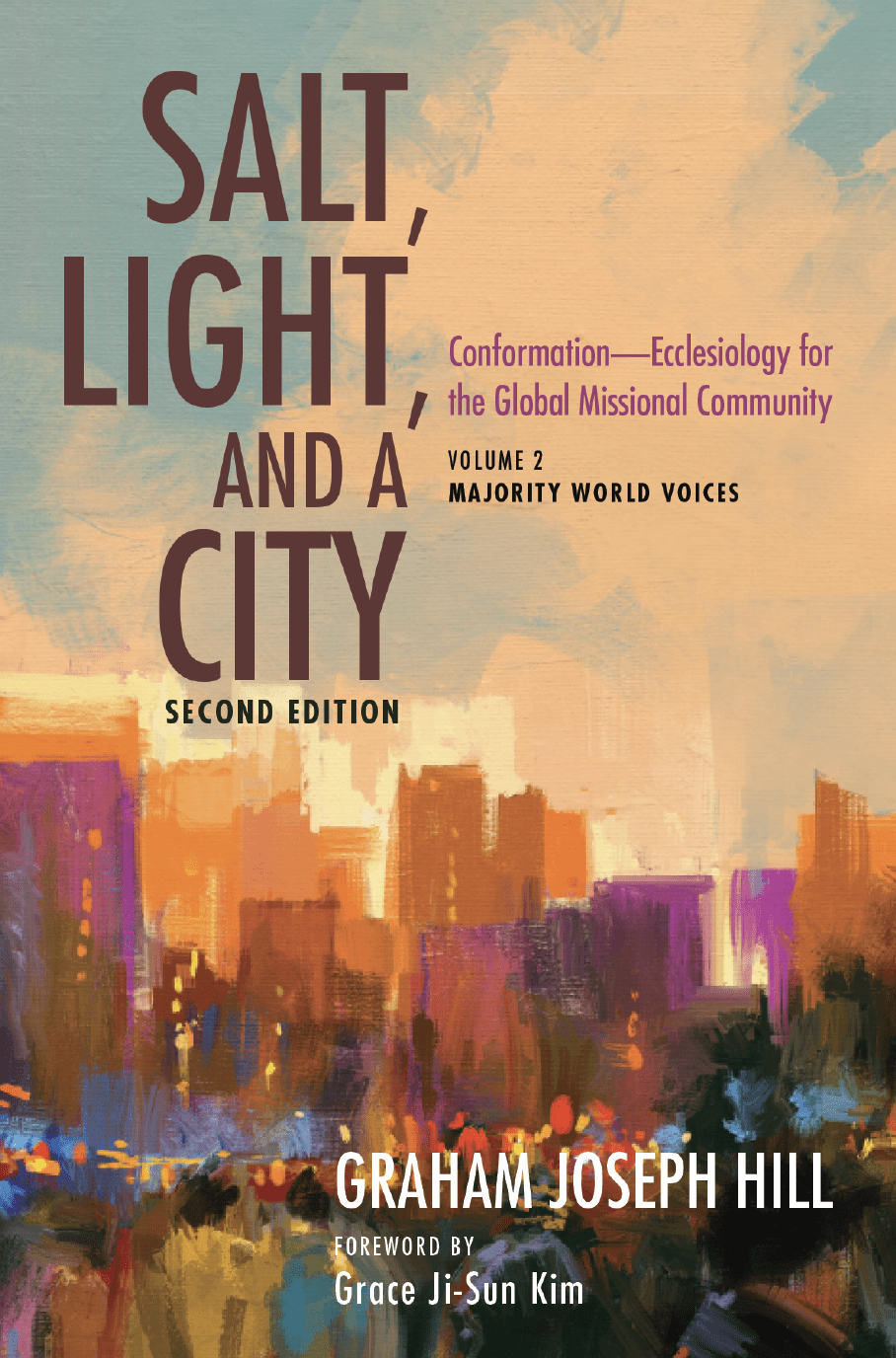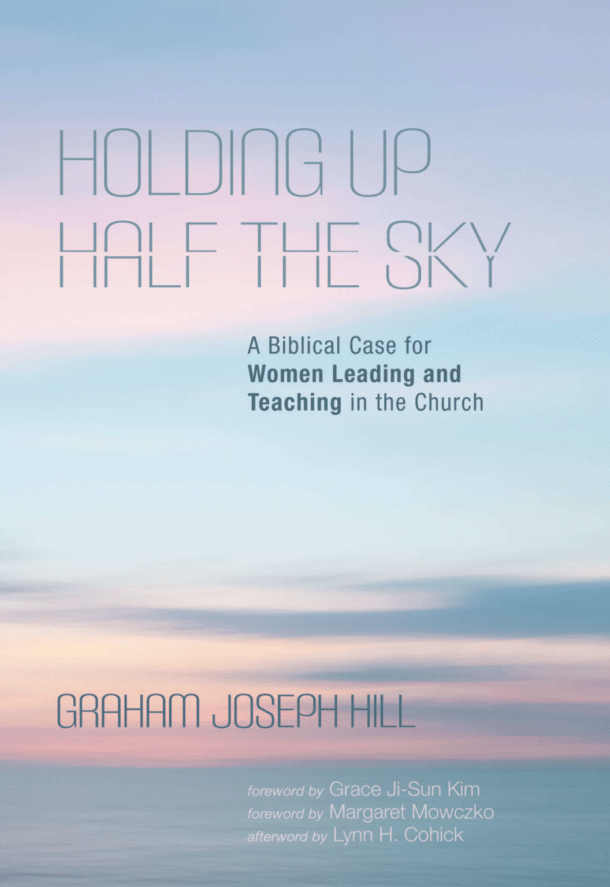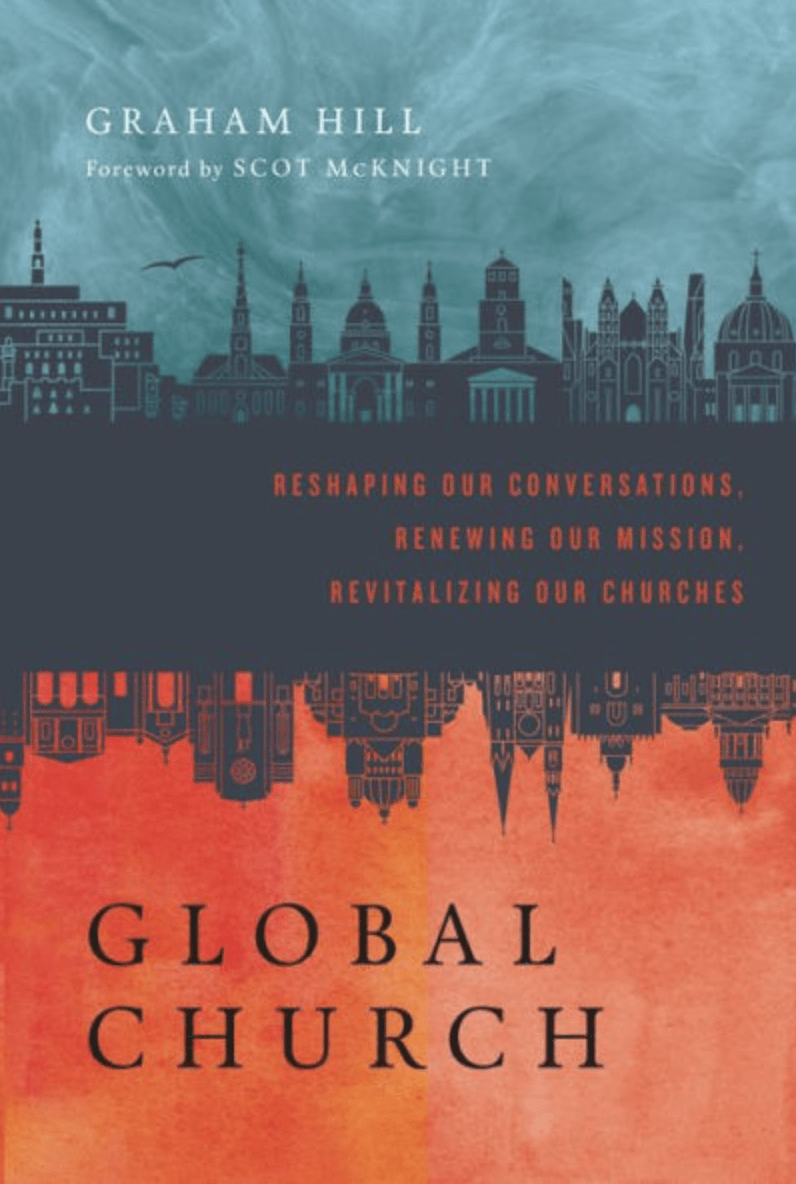I read four books this fortnight: “Diary of a Country Priest” (by Georges Bernanos), “The Jesus Way” (by Eugene Peterson), “A Long Obedience in the Same Direction” (by Eugene Peterson), and “The Great Gatsby” (by F. Scott Fitzgerald). Here are short reviews and summaries of these four books.
Diary of a Country Priest
Georges Bernanos’ Diary of a Country Priest explores faith, suffering, and grace through the lens of a young, unnamed priest serving in a rural French parish. It’s an ordinary village, filled with bored, discontent, conflicted, ambitious, suffering people, and served by an ordinary young priest. “Well, as I was saying, the world is eaten up by boredom. To perceive this needs a little preliminary thought: you can’t see it all at once. It is like dust. You go about and never notice, you breathe it in, you eat and drink it . . . My parish is bored stiff; no other word for it. Like so many others! We can see them being eaten up by boredom, and we can’t do anything about it. Someday perhaps we shall catch it ourselves—become aware of the cancerous growth within us. You can keep going a long time with that in you.” In this ordinary, unremarkable, bored human community, the priest loves, prays, listens, and does his best to point toward God amidst all the jealousy, suffering, and sin. We find beauty in the ordinary, humanity in the boredom, grace in the brokenness, and hope in the suffering.
The novel is written as the priest’s journal, revealing his inner thoughts, struggles, and moments of spiritual clarity. Something is compelling and captivating about the ordinariness of so many entries mixed with profound spiritual insights and anguished personal reflections. Bernanos’ narrative recounts the realities of pastoral ministry, highlighting the isolation, doubts, criticisms, and tensions that often accompany such a vocation, yet also illuminating the quiet, frequently hidden workings of human suffering and empathy and divine redemption and grace. The children are rebellious, the adults are driven by greed and lust, the peasants are hostile and worldly, the pious secretly doubt and curse God, the religious leaders are complacent and careerist, and the young priest has no charm, charisma, eloquence, attractiveness, or influence. Yet, God’s grace and transformation are present in all this humanity and ugliness, radiating a redemptive beauty that can’t be found anywhere but in this very human setting. God reveals divine beauty, love, and grace in the soil of our frail, broken lives and communities.
The novel’s central pastoral theme is the young priest’s struggle with his congregation, who often misunderstand or distrust him. Many parishioners resist his attempts to offer spiritual guidance, seeing him as inexperienced, sickly, and awkward. His humility and gentleness, instead of drawing people closer, sometimes deepen their alienation from him. This tension mirrors many pastors’ challenges—seeking to serve faithfully, even when met with indifference or hostility. Bernanos underscores pastoral care’s emotional and spiritual weight, showing how the priest’s compassion requires resilience and self-sacrifice. The priest struggles with faith and learns to see the humanity of those who similarly struggle with their humanity and belief.
Spiritually, the priest’s journey explores suffering and its redemptive potential. His life is marked by loneliness, physical pain from an undiagnosed stomach illness, and feelings of inadequacy. His prayers are anguished, full of self-doubt, and growing in self-awareness and personal humility. However, Bernanos weaves into the narrative that suffering becomes a channel for grace when borne with faith. The priest’s suffering does not lead to despair. Instead, his spiritual and physical suffering and the opposition of his parishioners slowly purify him, deepening his humility, making him more compassionate and empathetic, reminding him of the futility of ambition and ego, and drawing him closer to the mystery of Christ’s suffering. The young priest’s perseverance becomes an act of quiet obedience to God despite moments of darkness and doubt.
The Diary of a Country Priest meditates on divine grace and the hiddenness of God’s work. On the surface, the priest’s ministry seems ineffective—his successes are few, and he questions his impact. Yet, his presence transforms those around him in small, often unseen ways. Bernanos emphasizes that the priest’s faithfulness, even without tangible results, becomes a witness to God’s love. The novel also presents the Eucharist and prayer as central to the priest’s life, emphasizing the sustaining power of Christ’s presence in moments of emptiness.
On prayer, the priest writes: “The usual notion of prayer is so absurd. How can those who know nothing about it, who pray little or not at all, dare to speak so frivolously of prayer? A Carthusian, a Trappist will work for years to make of himself a man of prayer, and then the fool who comes along sets himself up as judge of this lifelong effort. If it were really what they suppose, a kind of chatter, the dialogue of a madman with his shadow, or even less—a vain and superstitious sort of petition to be given the good things of this world, how could innumerable people find until their dying day, I won’t even say such great ‘comfort’—sheer, robust, vigorous, abundant joy in prayer? Oh, of course ‘suggestion,’ say the scientists. Certainly they can never have known old monks, wise, shrewd, unerring in judgement, and yet aglow with passionate insight, so very tender in their humanity. What miracle enables these semi-lunatics, these prisoners of their own dreams, these sleepwalkers, apparently to enter are deeply each day into the pain of others? An odd sort of dream, an unusual opiate which, far from turning him back into himself and isolating him from his fellows, unites the individual with humanity in the spirit of universal charity!”
The Diary of a Country Priest is a rich, contemplative meditation on human nature, suffering, frailty, and divine grace. The book reveals the beauty and mystery of God’s grace working through human weakness. Bernanos’ work remains a timeless reflection on the intersection of faith, suffering, and vocation. By the end of the book, I felt I knew this priest intimately and felt deep sadness at coming to the end of the diary and not being able to journey further with him in this life of prayer and service. Yet, his final words will go and stay with me: “Grace is everywhere.”
The Jesus Way
Eugene Peterson’s The Jesus Way: A Conversation on the Ways That Jesus Is the Way is Peterson’s third book of “Conversations in Spiritual Theology.” In the first two chapters, Peterson is clear. The world’s ways are not the Jesus way. We can’t choose our way and be followers of Christ; we must follow the Jesus way. The ways of the church often contrast the Jesus way. We need to renovate our imagination, accept God’s rule, repent, and follow Jesus’s way (which is radically different from the world’s ways). All ways and means abstracted from Jesus ultimately betray him. Jesus says follow me (we live in this world but live differently, following the Jesus way). Following the Jesus way isn’t merely adhering to his teachings and truths; it’s imitating him, conforming to his life, and being transformed into the “image of the Son.” The Jesus way requires active participation in learning the Jesus way in life, speech, relationships, values, action, and the ordinary stuff of life.
In the book’s first part, Peterson considers six characters in the Hebrew Bible—Abraham, Moses, David, Elijah, Isaiah of Jerusalem, and Isaiah of the Exile—highlighting how their lives prefigure aspects of the Jesus way. All these six personalities prefigure the way of Jesus Christ, informing our understanding of how Jesus saw himself and understood his way while helping us reflect on how we can, too, be a people of the Jesus way. Abraham represents a journey of faith and sacrifice, showing trust in God even when the path is unclear. Moses embodies “the way of language” and divine revelation, bringing the Torah to the people and helping shape a community committed to God’s teachings. David demonstrates “the way of imperfection,” marked by repentance, reliance on God, and a heart seeking alignment with God’s purposes despite his flaws. Elijah represents a countercultural stance, living on the margins and challenging his time’s prevailing norms and practices. Isaiah of Jerusalem focuses on God’s holiness and prophetic vision, offering a way to revere and recognize God’s grandeur and be a holy people. Isaiah of the Exile proclaims the hope of salvation and redemption, emphasizing the suffering servant as a pathway to understanding God’s way in the world. It’s impossible to understand the Jesus way without the stories and figures of the Hebrew Bible.
The book’s second part critiques three contemporary figures of Jesus’s time—King Herod, Caiaphas, and Josephus. Each of these men symbolizes ways that diverge sharply from Jesus’s path and reflect the ways often offered to us by today’s world. Herod is the way of power and control—Jesus is the way of humility, vulnerability, and sacrifice. Caiaphas is the way of religious control and convenience—Jesus is the way of God’s radical, inconvenient, costly kingdom. Josephus is the way of compromising with worldly powers for personal survival, gain, and influence—Jesus’s way is countercultural, challenging the norms and values of our age without compromising the message of the gospel and the kingdom of God, and often at a terrible personal price. Peterson uses these figures to critique the modern church’s tendency to adopt pragmatic or power-oriented approaches, undermining the humble, servant, sacrificial, cruciform essence of Christ-like living.
I enjoyed Peterson’s rich biblical exegesis, historical reflections, and critique of church and culture. Peterson’s writing combines the exegetical, historical, and narrative with poetic and prophetic insight. He invites readers to consider the depth of their discipleship beyond surface-level piety, theological slogans, or the typical values our cultures and churches offer. Peterson was the consummate pastor, often inviting us to change and be transformed but doing so with a pastoral voice that was at once gentle and prophetic, kind and apocalyptic, loving and subversive, biblical and contemplative. In this book, Peterson challenges us to see that the Jesus way is inseparable from his truth and life.
A Long Obedience in the Same Direction
Eugene Peterson’s A Long Obedience in the Same Direction is a meditation on the long, slow, patient journey of discipleship to Jesus Christ. Peterson structures these reflections around the Psalms of Ascent (Psalms 120–134). These Psalms guide the ancient and modern reader through a pilgrimage of spiritual formation, illustrating that following Christ is not quick, instant, formulaic, or easy but requires perseverance and faithfulness over the long haul. Each Psalm serves as a stepping stone, revealing different spiritual themes vital to the Christian life.
The book addresses the tension between the quick-fix mentality of contemporary culture and the deep, patient, enduring work of discipleship. Peterson borrows the phrase “a long obedience in the same direction” from Nietzsche and gives it new meaning and vitality (and jokes about how appalled Nietzsche would have been to see him using the phrase this way). Peterson challenges the reader to embrace a “long obedience,” a steadfast commitment to growing in Christ, even when the path is slow and difficult. This theme of perseverance, rooted in the context of pilgrimage and discipleship, undergirds the entire book and resonates deeply with the call to patient, enduring faith.
Peterson’s spirituality is down-to-earth, Jesus-focused, and immersed in prayer and the reading of Scripture. He says, “Two convictions undergirded my pastoral work. The first conviction was that everything in the gospel is liveable and that my pastoral task was to get it lived. It was not enough that I announce the gospel, explain it or whip up enthusiasm for it. I wanted it lived—lived in detail, lived on the streets and on the job, lived in the bedrooms and kitchens, lived through cancer and divorce, lived with children and in marriage” (page 197).
Discipleship is not a sudden transformation but a slow, lifelong process. Peterson highlights the importance of learning to wait on God, developing resilience, and embracing the mundane aspects of life as part of spiritual growth. The call to Christian maturity is not marked by success or visible achievement but by quiet faithfulness over time. Peterson calls us into a life of prayer, immersion in Scripture, and discipleship to Jesus Christ. Peterson offers a countercultural vision of spirituality that calls for patient, steady discipleship. His contribution to spiritual theology is profound, reminding believers that true transformation requires time, endurance, and a heart centred on God.
The Great Gatsby
This beautifully written novel draws you in with its compelling characters, gorgeous descriptions of 1920s New York and Long Island during the Jazz Age, complicated and fraught relationships, and elegant prose. The book explores several major themes, each with spiritual dimensions: the American dream, the quest for identity and meaning, the corruption of love and relationships, social stratification, moral decay and disillusionment, the transience of life and the futility of human effort, the dangers of being caught in dreams anchored in the past, and hope for a better future.
F. Scott Fitzgerald’s novel mediates the spiritual and personal costs of materialism and the search for authentic values in a morally compromised world. The novel critiques the materialism, social stratification, and superficiality of the American dream. Gatsby reinvents himself because of his longing for an identity beyond his humble origins. His obsession with the past, especially with recreating his idealized love for Daisy, is intertwined with his yearning for status and recognition. Those around him with wealth and power are morally vacuous and ethically careless. The book contemplates identity, purpose, the nature of love, and the quest for meaning and transcendence in a world preoccupied with wealth and status.





